The Quilt is pleased to welcome the Capital Area Advanced Research and Education Network (CAAREN) as our newest affiliate member. CAAREN is working to facilitate world-class research, education and knowledge sharing in the nation’s capital.
Powered by the George Washington University, CAAREN is an initiative designed to build a high-performance research and education network infrastructure serving the Washington, D.C., and Northern Virginia areas.
CAAREN is partnering with DC-Net, a program managed by the DC Office of the Chief Technology Officer (OCTO), to reach public and private K-12 schools, public libraries, museums, hospitals and independent research organizations as part of the Sponsored Education Group Participants (SEGP) program at Internet2 under the United States Unified Community Anchor Network (U.S. UCAN).
Their goal is to bring the rich capabilities of the Internet2 community deeper into the communities around research institutions. Also, using the George Washington University’s dense wavelength division multiplexing (DWDM) infrastructure, CAAREN has established a connection to Internet2’s established fiber paths throughout the country and will be looking to connect individual customers to this network in situations where commercial service providers are unable to do so.
CAAREN is a research network built to support the most demanding research, with a dedicated 100Gbps connection to Internet2’s Advanced Layer 2 Service (AL2S). The network consists of a Juniper MX480 with 100Gbps, 10Gbps and 1Gbps interfaces. To reach Internet2, they use GW’s DWDM infrastructure. Currently, they have four circuits enabled to reach the Advanced Layer 3 Service IP services nodes in Washington and New York (IPv4 and IPv6 are on separate circuits, for a total of four).
“We are happy to welcome CAAREN to The Quilt,” said Quilt President and CEO Jen Leasure. “This new network will greatly enhance collaboration and reduce barriers to research, education and health applications to support the DC area.”
To learn more about the CAAREN, visit www.caaren.org or follow them on Twitter @CAARENgw.


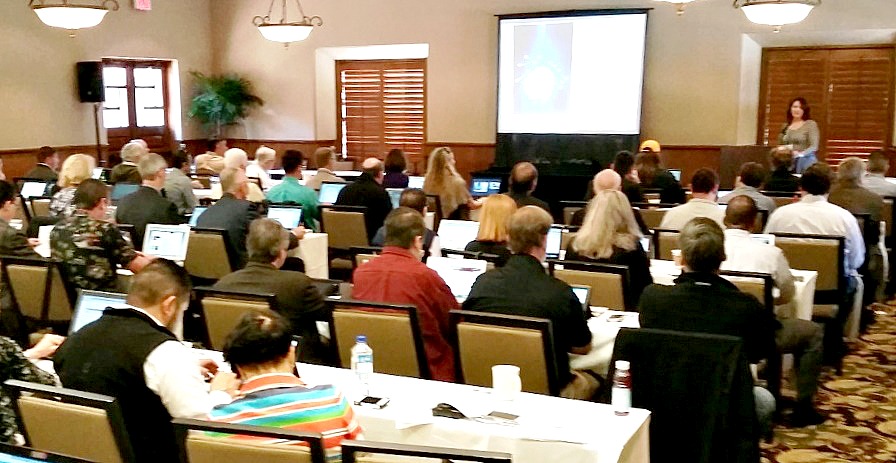
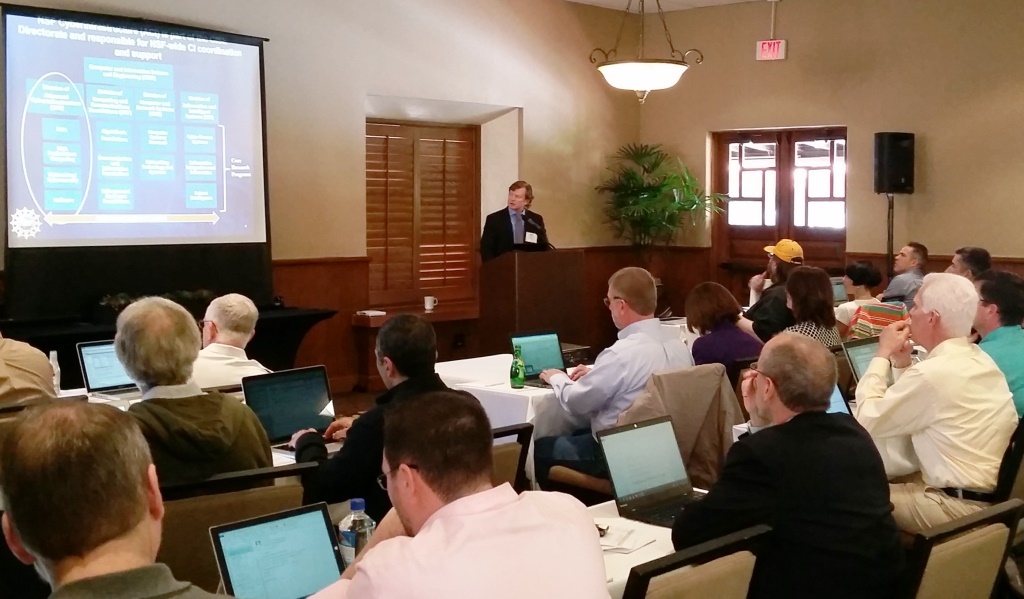

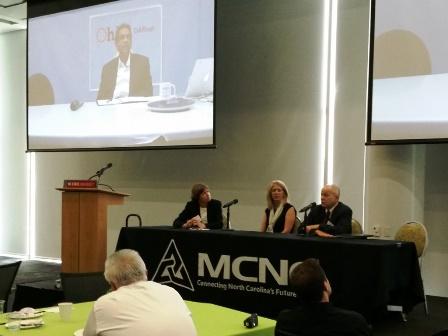

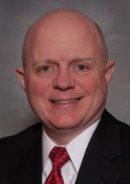 David Hotchkiss, CIO at
David Hotchkiss, CIO at 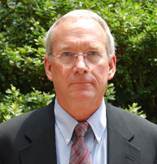 Dr. Mark Luker, Associate Director for the
Dr. Mark Luker, Associate Director for the